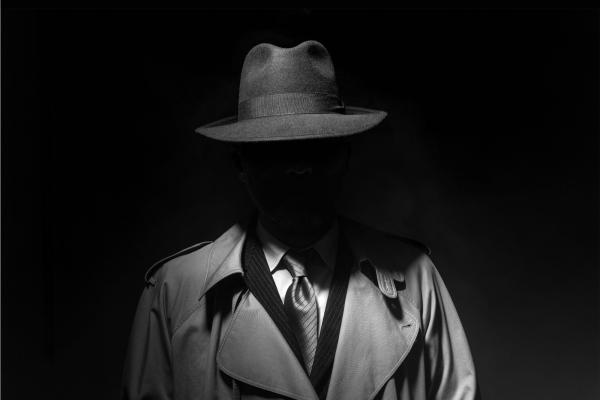WHAT DOES ELECTION-RIGGING LOOK LIKE? Often, on its face, it looks quite benign.
Take Ohio. The official elections website of Ohio’s secretary of state proclaims that “all eligible Ohioans have equal access to one of the best elections systems in the country.”
But “equal access” isn’t always what it appears.
Ohio provides only one polling station per county for early voting—which on the surface gives the impression that the system is fair and equitable. But—and here’s the rub—the counties are fundamentally different. For instance, Pickaway County, just south of Columbus, has fewer than 60,000 residents. Hamilton County, where Cincinnati is located, has a population of more than 800,000 people. But each county only has one early-voting station.
The results have been predictable—and have not been race-neutral. In the 2012 presidential election, there were no lines to vote early in Pickaway County, which is 94.5 percent white. But Hamilton County, with its 206,000 African-American residents, had a line that stretched a quarter mile. According to UrbanCincy.com, voters in Cincinnati reported wait times of more than four hours, and other urban areas, such as Cleveland and Columbus, faced similar obstacles. (Comparable delays occurred in 2016.) The Republican Party chair for Columbus’ county defended the long waits, telling the Columbus Dispatch, “I guess I really actually feel we shouldn’t contort the voting process to accommodate the urban—read African American—voter turnout machine.”
Unfortunately, Ohio is not alone. According to a report in Mother Jones titled “Even Without Voter ID Laws, Minority Voters Face More Hurdles to Casting Ballots,” African Americans across the country waited about twice as long to vote as did white people in the 2012 election—and the trends are getting worse, not better. A study by the Brennan Center for Justice found a strong correlation between precincts with significant minority populations and polling places that have a shortage of resources, such as voting machines and poll workers—and these are big factors in long voting lines, which tend to depress voter turnout. In South Carolina, the study found, areas with the longest waits had more than twice the percentage of African-American voters than the state as a whole.
Erecting obstacles to voting—for some
Restrictions on early voting aren’t the only obstacles and inconveniences put in place in recent years. For instance, an official in Randolph County, Ga., recently proposed closing seven of the nine polling places in the county, which happens to be majority black. For many of the county’s residents, that would mean the nearest polling place would be as much as 10 miles away. For every tenth of a mile that a polling place is moved from an African-American community, the black voter turnout goes down by .5 percent, especially in poor areas where transportation options are limited. Making polling places less accessible depresses the black turnout rate. (After an outcry, Randolph County backed off its plans to eliminate polling places for the 2018 midterms.)
The “consolidation” (read: closing) of polling places isn’t limited to Georgia. After the Shelby County v. Holder decision by the U.S. Supreme Court that gutted the Voting Rights Act, jurisdictions that used to have to go under preclearance—places that were required to have their voting changes okayed by the Department of Justice because of their problematic histories of racial discrimination—had 868 fewer polling places in the 2016 election than they did before the court’s ruling.
Read the Full Article

